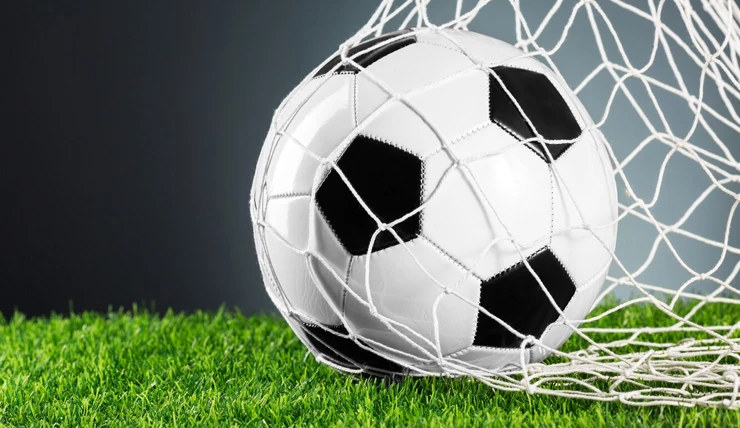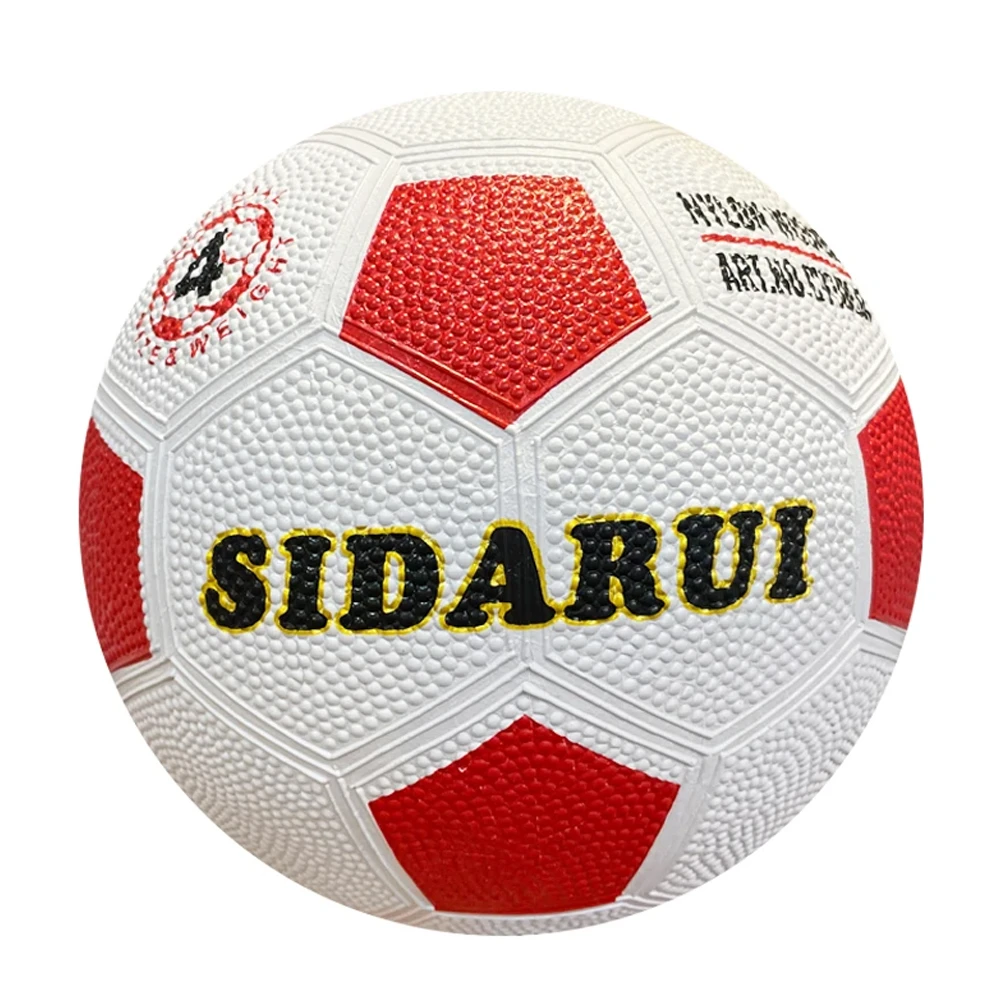When determining the optimal soccer ball size, particularly size 5, understanding its unique attributes can enhance not only player performance but also the overall game experience. The size 5 soccer ball, known as the standard for professional gameplay worldwide, measures 27 to 28 inches in circumference and weighs between 14 and 16 ounces. It is pivotal for players aged 12 and above, including adult professionals, to use this size for training and matches, ensuring adherence to international standards set by organizations like FIFA.

The choice of a size 5 soccer ball involves a deep dive into several aspects, from the material and construction quality to the unique playing conditions it supports. Premium size 5 soccer balls often come with an outer casing made from synthetic leather, usually polyurethane (PU) or polyvinyl chloride (PVC). PU is preferred for its soft touch and enhanced ball control, making it ideal for precision play, a critical factor in professional and competitive sports environments. PVC offers a more durable alternative, especially suitable for practice sessions on rough surfaces.
Real-game experience demonstrates that a size 5 ball with a high-quality bladder is crucial for maintaining pressure and shape consistency. The bladder, typically made from latex or butyl, plays a key role latex bladders provide superior bounce and are generally preferred in games, though they require regular inflation. Butyl, on the other hand, retains air better and requires less maintenance, making it a practical choice for casual play and training.

Those looking to optimize their play should consider balls that have undergone official testing by bodies like FIFA. The FIFA Quality Program for Footballs tests balls in several areas, including weight, circumference, rebound, and water absorption. A FIFA-approved size 5 ball ensures high performance under various conditions and can adapt seamlessly to both wet and dry weather, minimizing unpredictable ball movement and enhancing player control. This approval serves as a mark of quality and authenticity in competitive settings, emphasizing the ball's dependable performance through rigorous testing protocols.
Customization is another area where a size 5 soccer ball can meet specific player needs. Some products offer tailored designs or training features that address particular skills. For instance, balls with textured surfaces can improve grip and trajectory manipulation, essential for players working on ball-handling and targeting skills. Customized balls may include built-in sensors for players looking to track performance metrics, offering a technologically advanced approach to enhancing one's gameplay through data analysis. Such innovations can significantly elevate training routines.
size 5 soccer ball size
Price is a consideration too, with high-quality size 5 balls varying from around $20 to over $150. Premium balls in the higher price range often provide advanced technological integration, superior materials, and certification marking, offering enhanced longevity and performance. Budget-friendly options, albeit less durable, may suit beginners or younger players just starting out, providing them with a chance to develop skills without heavy investment.
In terms of trustworthiness and feedback from professionals, testimonials often underscore the importance of investing in a quality size 5 ball. Seasoned players and coaches regularly stress consistency in ball performance as a crucial factor in effective training sessions and competitive matches. The market includes several trusted brands known for manufacturing high-standard size 5 balls, products credited with improving player skills and ensuring fair play through reliable performance.
Reviews from professional coaches commonly discuss the role that a well-constructed soccer ball plays in developing crucial skills and tactics. For instance, the Adidas Tango España is often revered for its balance between traditional aesthetics and modern innovation, while the Nike Ordem series is lauded for its aerodynamic precision. Such products, rich in heritage and technological advancement, are often recommended within professional circles, further boosting their authority and trustworthiness.
A size 5 soccer ball's construction quality and material significantly impact its usability across different playing surfaces. Fields made from natural grass, artificial turf, or indoor environments each demand different levels of ball strength and traction, factors that seasoned players account for. They opt for versatile balls engineered to withstand the rigors of varying playing conditions, all while maintaining the integrity of play.
In summary, selecting a high-quality size 5 soccer ball is a comprehensive decision that involves assessing material quality, performance standards, brand credibility, and player-specific needs. With its pivotal role in professional and amateur play, this soccer ball size demands thoughtful consideration. The ability to tailor a ball to one's playing style and training requirements not only enriches the individual gameplay experience but also aligns with the broader goals of fostering skill development and enhancing the competitive spirit of the game.













